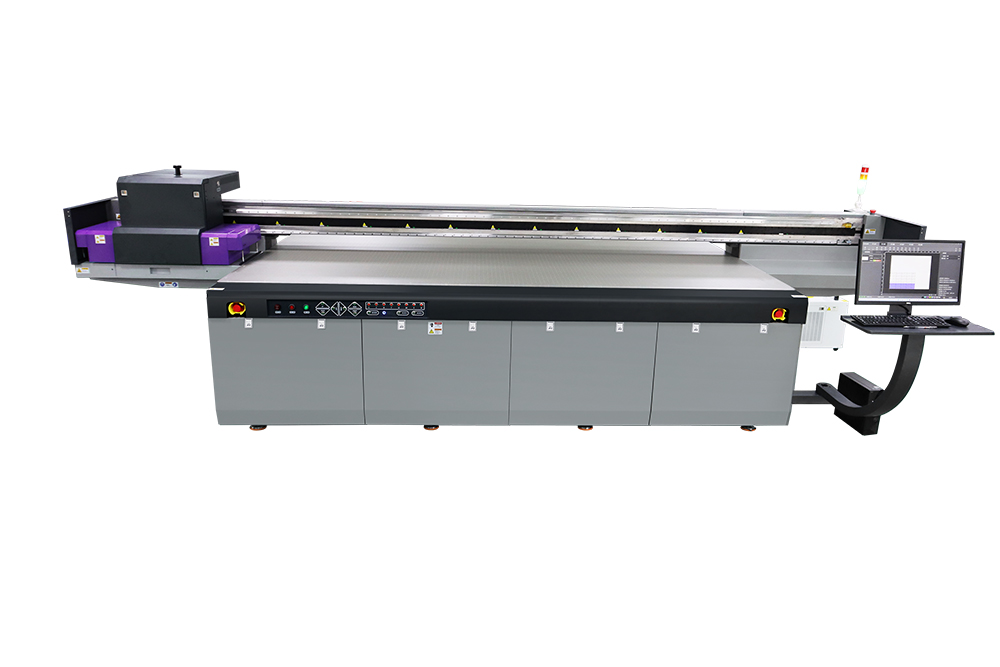UV Flatbed Printer: Tips for Improving Print Durability
UV Flatbed Printer: Tips for Improving Print Durability
UV flatbed printers have revolutionized the printing industry, offering versatility and high-quality outputs on various materials. These printers use UV-curable inks that are instantly dried by UV light, resulting in prints that are not only vibrant but also durable. However, achieving optimal print durability requires more than just the printer’s capabilities; it also involves proper material selection, pre-press procedures, printing techniques, and post-processing methods. This article will provide valuable tips for improving print durability when using a UV flatbed printer.

1. Understand the Importance of Print Durability
Print durability refers to how long a print can retain its original quality without fading, cracking, or peeling. It is crucial for applications where prints are exposed to harsh environments, such as outdoor signage, vehicle wraps, and product labels. UV flatbed prints are inherently more durable than traditional inkjet prints due to the use of UV-curable inks, which form a tough, chemical-resistant layer when cured. However, several factors can still affect print durability, including ink quality, material compatibility, and exposure to environmental elements.
2. Choose the Right Materials
The choice of substrate material plays a significant role in determining print durability. UV flatbed printers can print on a wide range of materials, including plastics, metals, glass, wood, and textiles. When selecting a material, consider its intended use and the environmental conditions it will be subjected to. For example, if you’re printing outdoor signs, choose materials that are resistant to UV radiation, moisture, and temperature changes. Polymers like polycarbonate and polyvinyl chloride (PVC) are excellent choices for outdoor applications due to their weather resistance.
3. Pre-Press Preparation
Proper pre-press preparation is essential for achieving optimal print durability. This includes ensuring that the material is clean, dry, and free from dust, oils, and other contaminants that can affect ink adhesion. For porous materials, consider applying a primer or coating to improve ink adhesion and prevent ink from bleeding into the substrate. Additionally, calibrate your printer regularly to ensure accurate color reproduction and ink curing.
4. Optimize Printing Parameters
Several printing parameters can affect print durability, including ink thickness, curing temperature, and printing speed. Thick ink layers provide better coverage and durability but can also increase the risk of cracking if not cured properly. Find the right balance between ink thickness and curing to achieve optimal results. Curing temperature is also crucial; higher temperatures can cure ink faster but may cause it to become too brittle. Experiment with different temperature settings to find the optimal cure for your specific application.
5. Use High-Quality UV Inks
The quality of UV inks directly impacts print durability. Invest in high-quality inks from reputable manufacturers that are specifically designed for UV flatbed printers. These inks are formulated to provide excellent adhesion, flexibility, and resistance to fading and chemical degradation. Cheaper, generic inks may save you money in the short term but can lead to poor print durability and increased maintenance costs in the long run.
6. Implement Proper Curing Techniques
Curing is the process of drying and hardening UV inks using UV light. Proper curing is essential for achieving durable prints. Ensure that your UV flatbed printer has a high-quality UV curing system that provides uniform and consistent exposure across the entire print area. Adjust the curing settings according to the ink manufacturer’s recommendations and the specific material being printed on. Over-curing can cause ink to become brittle and prone to cracking, while under-curing can result in ink that remains tacky and susceptible to damage.
7. Post-Processing and Handling
Post-processing steps can further enhance print durability. For example, applying a protective overcoat or laminate can provide additional resistance to abrasion, chemicals, and UV radiation. This is particularly useful for outdoor applications where prints are exposed to harsh weather conditions. When handling printed materials, use clean gloves to avoid transferring oils and dirt onto the surface, which can affect ink adhesion.
8. Conduct Durability Tests
Before commencing a large-scale production run, conduct durability tests to evaluate the performance of your prints under specific conditions. This can include exposure to UV light, moisture, chemicals, and temperature changes. By simulating the intended use environment, you can identify any potential issues and make necessary adjustments to your printing process.
9. Regular Maintenance and Calibration
Regular maintenance and calibration of your UV flatbed printer are essential for ensuring consistent print quality and durability. This includes cleaning the print head, replacing worn parts, and checking the UV curing system for proper functioning. Calibrate your printer regularly to maintain accurate color reproduction and ink curing. A well-maintained printer is more likely to produce durable prints that meet your quality standards.
10. Collaborate with Experts
If you’re new to UV flatbed printing or are facing challenges in achieving optimal print durability, consider collaborating with experts in the field. UV printing manufacturers, ink suppliers, and printing professionals can provide valuable insights and recommendations based on their experience and expertise. Attend workshops, conferences, and online forums to stay updated on the latest advancements in UV printing technology and best practices for achieving durable prints.
In conclusion, improving print durability when using a UV flatbed printer involves a combination of factors, including material selection, pre-press preparation, printing parameters, ink quality, curing techniques, post-processing, and regular maintenance. By following these tips and continuously learning from experts in the field, you can produce high-quality, durable prints that meet the demands of various applications and environments.
